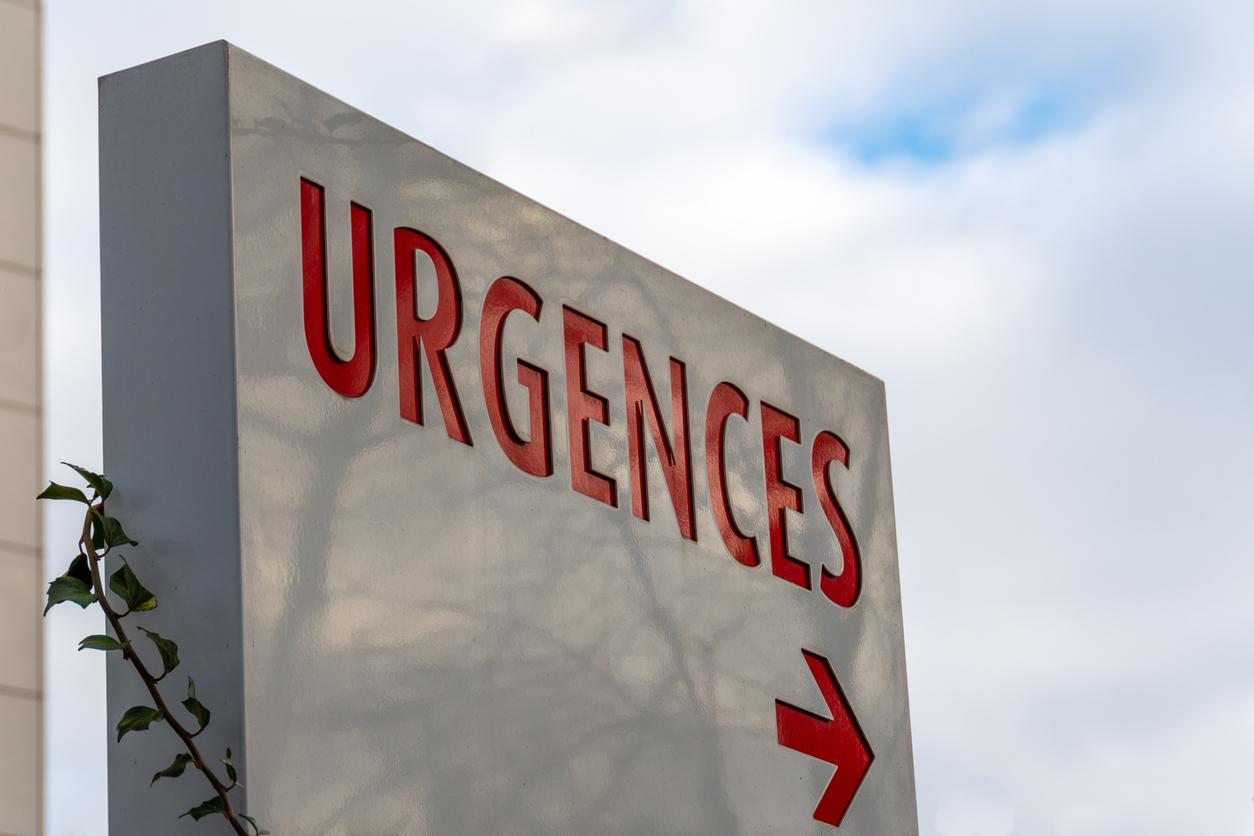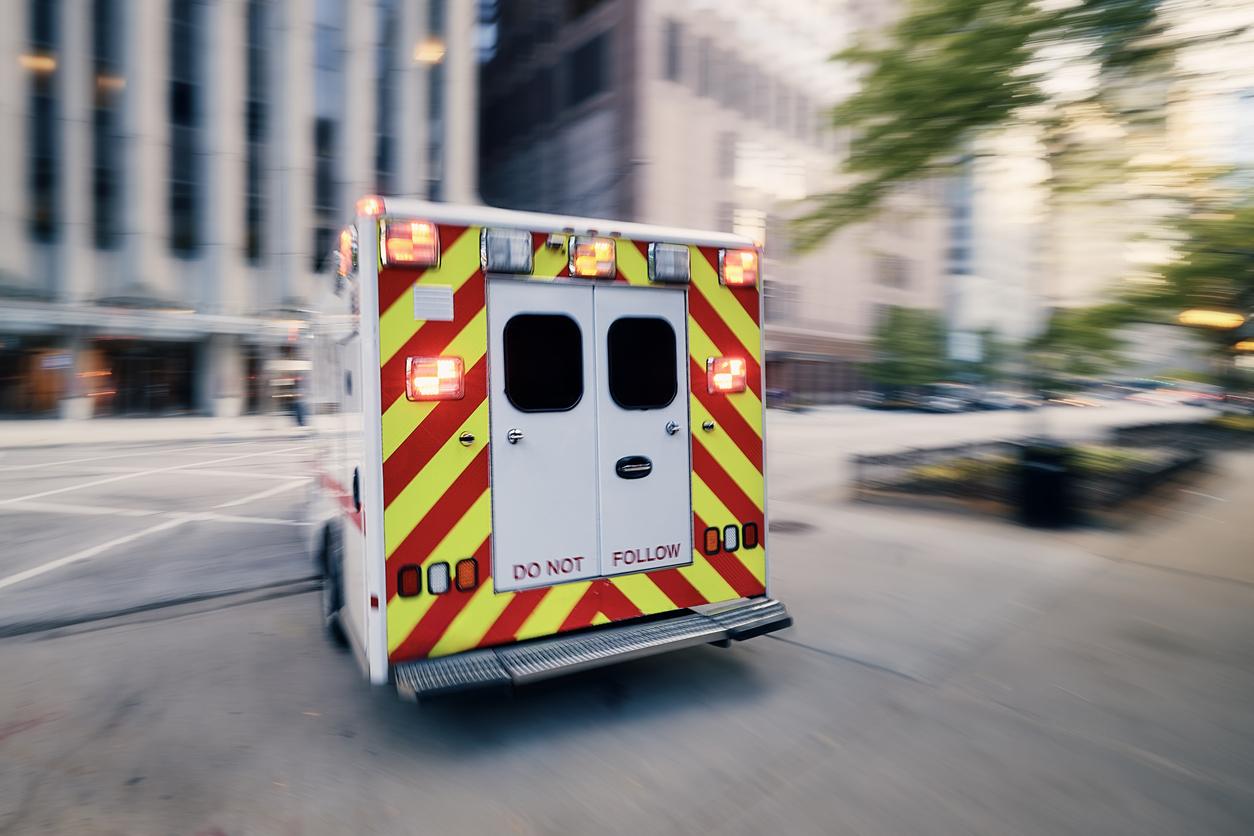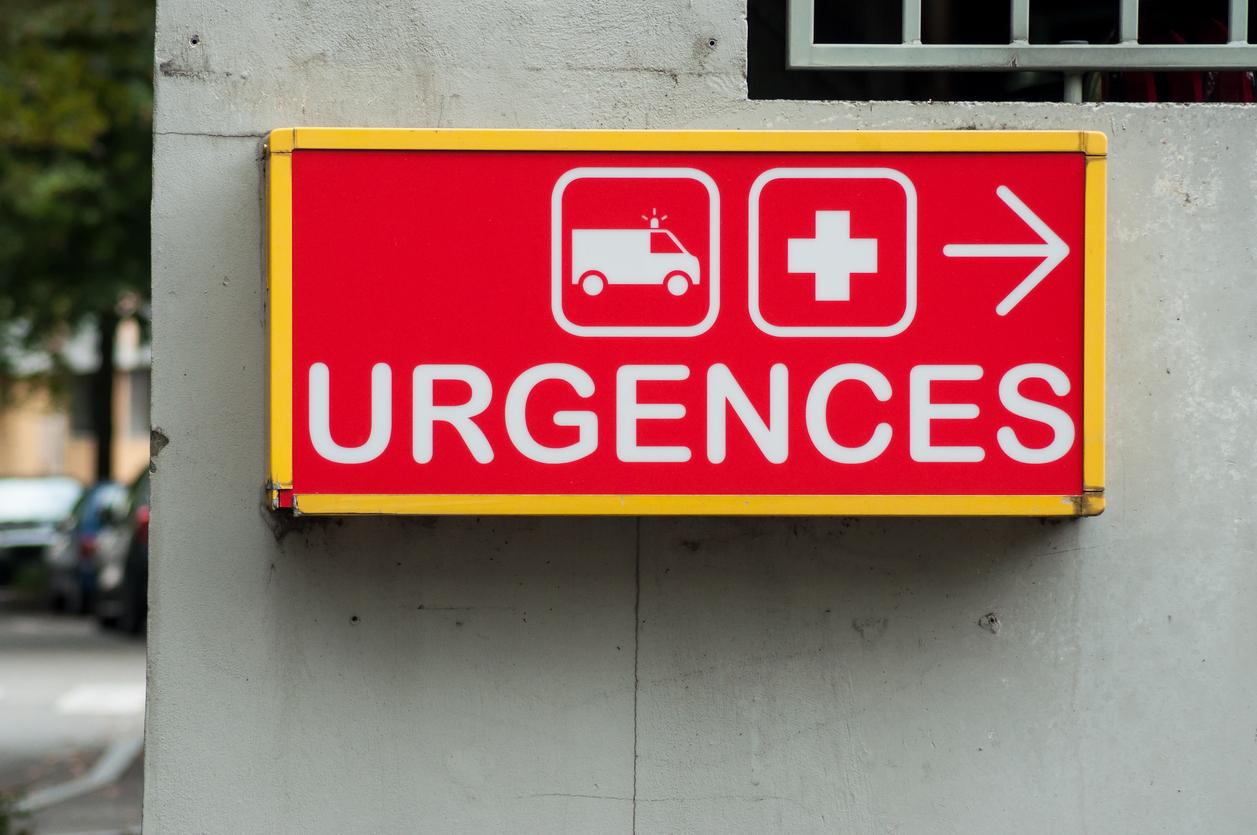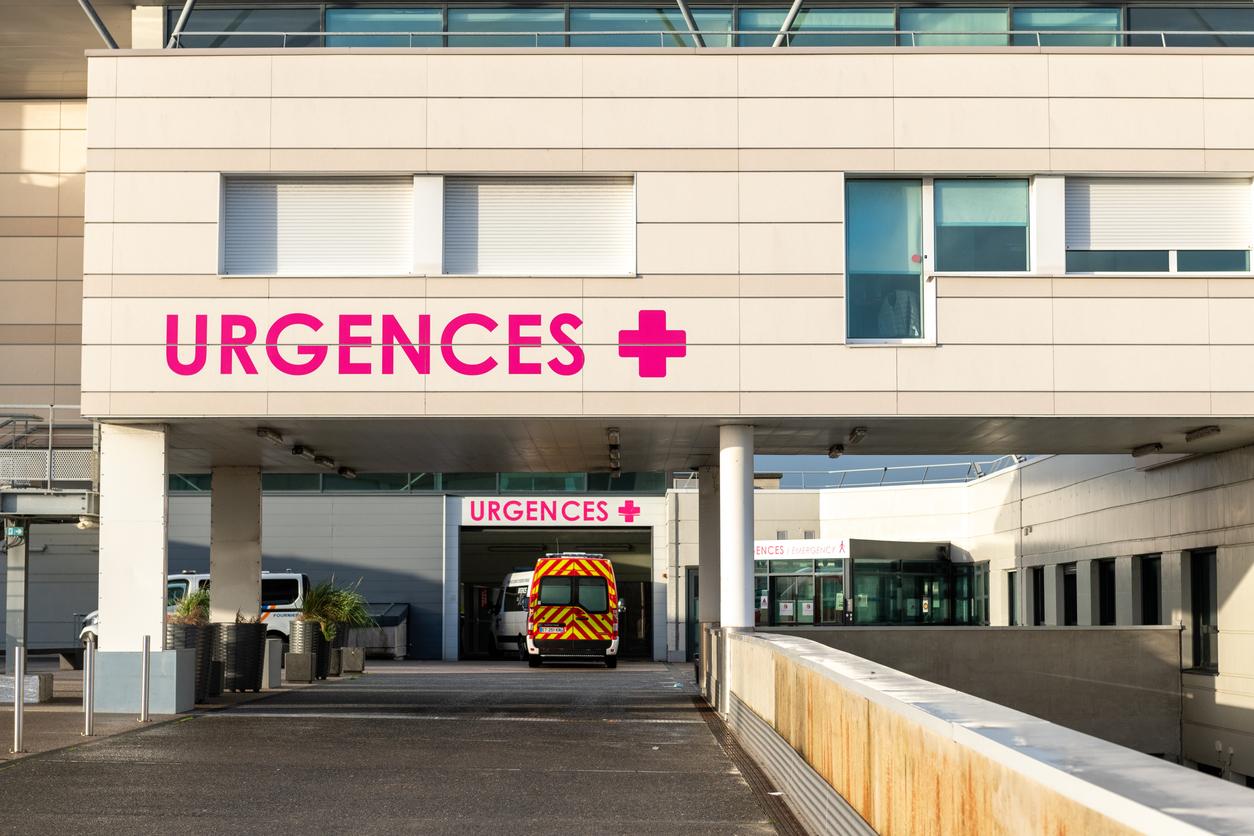Doctors and Canadian airlines have published a guide for healthcare workers to enable them to react in the event of a medical emergency on board an aircraft.

Panic attack, heart attack, fainting … Doctors are used to dealing with medical emergencies in the workplace, but much less when they are on a plane. Estimates of the number of air medical emergencies vary from one in every 604 flights, which represents 16 emergencies per 1 million passengers, to one emergency per 7,700 travelers. To better understand these situations they may face during personal travel, doctors at Saint Michael’s Hospital in Canada and Air Canada and WestJet airlines have written a guide. It contains recommendations published in the Journal of the Canadian Association of Medicine.
An increase in incidents on board
The study’s authors point out that there are 2.75 billion passengers on commercial flights each year. This number has been increasing for several years, in particular because the number of passengers is always more, elderly or with health problems, but also because the journeys are longer and longer. “For most of us, caring for patients during a flight is absolutely not a familiar situation,” explains Dr. Alun Ackery. “We wanted to provide a better understanding of what to expect and how to respond in the event. where you are called on a flight “.
Discomfort, the main emergency on board
The top five causes of onboard emergencies are dizziness and unconsciousness (37.4%), respiratory symptoms (12.1%), nausea (9.5%) and cardiac symptoms (7.7 %). Finally, the share of cardiac arrests is 5.8%. “Is there a doctor on board?” : the first to respond are doctors, in 40 to 50% of cases. Nurses or paramedics in 5 to 25% of cases. In almost half of these situations, the flight crew acted alone.
In this guide, doctors and healthcare professionals can find information about the medical equipment available on board, environmental constraints when treating a patient on an airplane, airline policy, procedures to respect, equal and ethical duties. The authors of this guide have made a explanatory video where they unpack an Air Canada medical kit, so doctors know what’s available on board. “We hope that these recommendations will give healthcare professionals enough knowledge to act with a little less stress in the future,” concludes Dr Ackery.
.

















